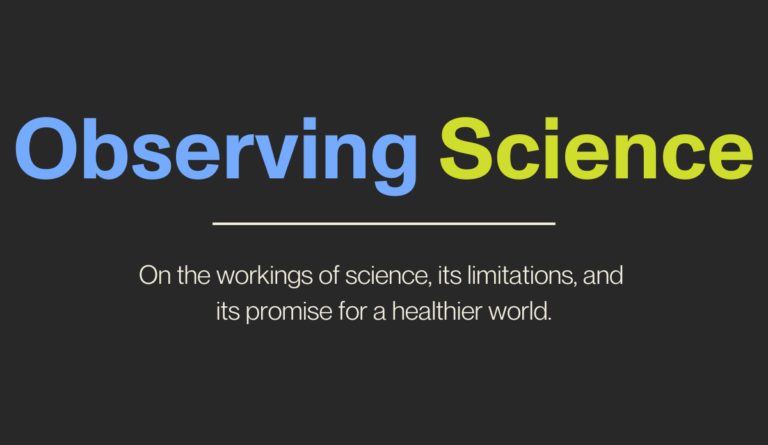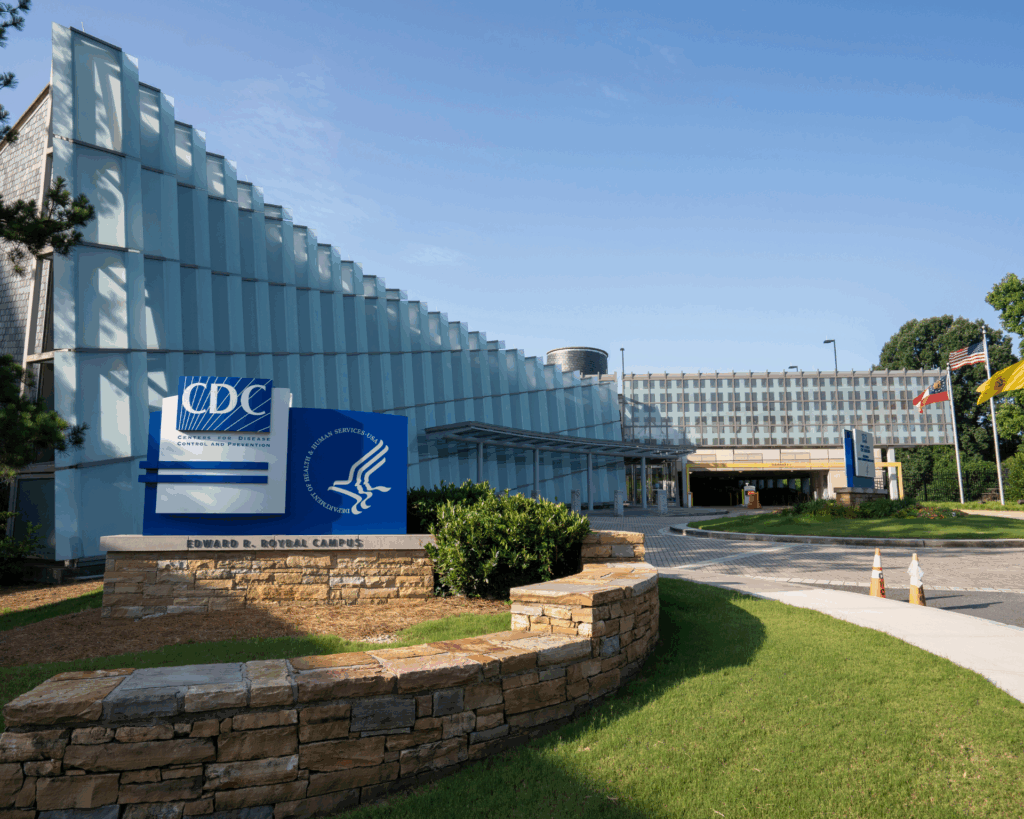Commercializing Science
Commercialization offers incentives for the research required to make advances in science. But it also separates those with fortunes from those less fortunate.

Read Time: 4 minutes
Published:
During the COVID-19 pandemic, pharmaceutical companies—keeping to World Trade Organization policy—limited the international roll-out of free or low-priced vaccines, placing billions of citizens of low-income nations at risk for severe illness. When Canada was rolling out its third booster, fewer than 10% of Africans had been vaccinated. Drug companies defended their patents, and wealthy nations, where those companies had headquarters, vaccinated widely. The 1994 Agreement on Trade-Related Aspects of Intellectual Property Rights had created a near-uniform global system of glut and deprivation once manufacturing was in place. Lifting patents would have required a waiver of intellectual property protection and resulted in less profit, so market-driven economies relentlessly commercialized science even in a pandemic. Pfizer earned $37 billion for its COVID shot in the first year of roll-out, one of the most lucrative products ever. In the best instances, financial incentives spur innovation. Is the COVID-19 pandemic the largest scale case study of over-commercialization to the detriment of global health?
The fiduciary responsibility of drug companies is to increase the value of their stock. The primary mission of the pharmaceutical industry is to make money by developing, patenting, and selling safe and effective drugs. The best of these drugs improve health, but the central concern of for-profit companies is not to produce the most useful products for the most seriously ill or to advance their equitable distribution. On the other hand, the mission of governments, through medical research funding, is to advance knowledge through basic and clinical science. The National Institutes of Health spends tens of billions of dollars each year in grants and contracts to advance health, extend lives, and reduce suffering.
Industry and academic colleagues worked together speedily to create pandemic vaccines, primarily supported by public and charitable investment. One analysis of the Oxford–AstraZeneca COVID-19 vaccine suggested that 98% of identified funding came from these sources. If vaccine development was subsidized with public money, should the pharmaceutical industry have profited so handily and should their lobbying have been permitted to keep shots out of the arms of persons living in poorer countries? This is one essential question for those who believe that commercialization and the existing patent system are hopelessly flawed.
The pandemic demonstrated clearly that we are still debating how to balance scientific knowledge as a public good with the pressure to commercialize this same knowledge.
Data ownership and intellectual property decisions have been the sources of long-standing tensions in the academia-industry relationship. Notably, nearly all of the major, best-selling anti-HIV and anti-cancer drugs were developed in university laboratories, yet there was little public return on investment. More recently, universities have negotiated better returns on their science, effectively creating competition between universities and companies. Still, there remains a perception that universities produce the science and leave industry to commercialize it. The fair division of scientific labor and profit remains uncertain, a second question about the marketplace.
To some degree, drug companies influence the research being done at universities. With most clinical trials supported by pharmaceutical funding, “research” buttressing marketing claims or collecting data for approval of me-too drugs does not advance science. There is also the concern then that commercial pressures dictate how and whether research they support is published. In some ways, any suppression of negative results is perhaps more problematic than the tailoring of positive reports.
A third argument against the industrial over-commercialization of science goes: the profits of drug companies exceed their spending on research and development. And if we tolerate the profitability of pharmaceutical companies because they are engines of new drug breakthroughs, they should divert fewer dollars to marketing and administrative costs.
The fourth argument returns to the question of whether the marketplace ignores the needs of the poor. The World Health Organization regards the commercialization as a health rights concern and has concluded that “inequality and discrimination in access to essential medicines remain the key public health challenge of our times.” Some wonder if the discovery, production, and marketing of new, life-saving medications should be a for-profit practice at all.
The patent system is the superstructure for commercialization, and we will take up the critiques of this arrangement in the next Observing Science. Commercialization provides incentives for the targeted research required to produce new vaccines, medications, and devices, but also separates those with fortunes from those less fortunate. The pandemic demonstrated clearly that we are still debating how to balance scientific knowledge as a public good with the pressure to commercialize this same knowledge.




